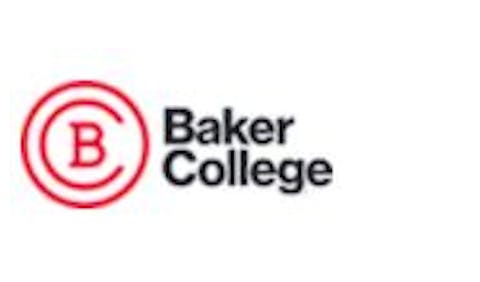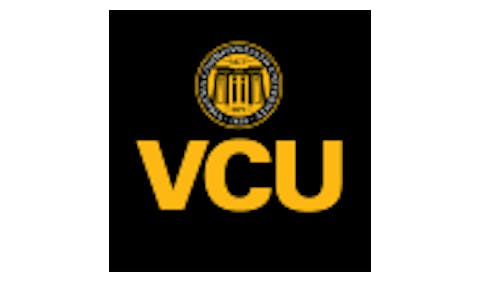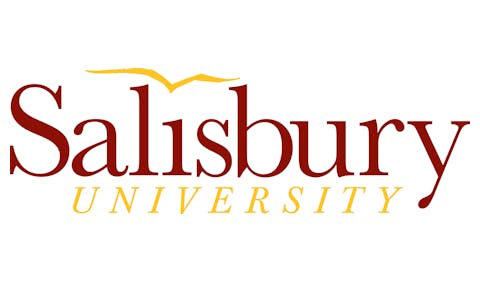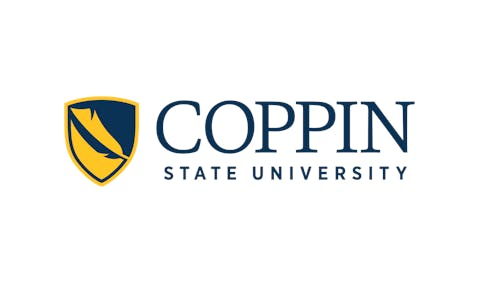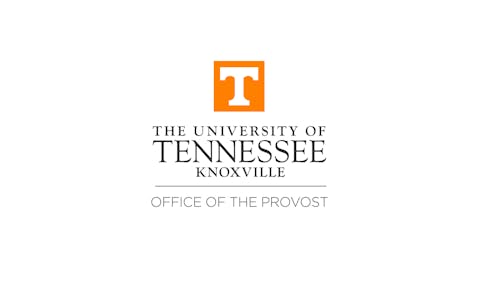Enrollment data for the first law school class since the Supreme Court struck down the affirmative action in college admissions was released last December, and Dr. Sari Kisilevsky
Dr. Sari Kisilevsky
At the same time, national legal organizations have expressed cautious optimism. The 2024 National Association for Law Placement’s 2024 Report on Diversity in US Law Firms states that the “overarching story” is one of “slow, incremental, and mostly positive, progress,” and the 2024 American Bar Association (ABA) Profile of the Legal Profession declares that “the long-term trend is clear: The percentage of lawyers of color is growing. It nearly doubled in the past decade.”
The fanfare surrounding the decline in enrollments among students of color at elite schools partly reflects the media’s preoccupation with elite education in the US. But beneath these top-level headlines lies a deeper worry. Limiting entry to the country’s most selective institutions will result in a “cascade effect,” pushing talented students of color into less selective law schools.
The immediate concern with this is diminished options and opportunities for advancement for students graduating from less selective law schools. As anyone with passing familiarity with law school knows, law school admissions, and US higher education more generally, is highly ordered, with lower “ranked” programs offering fewer and lower-paid opportunities even while maintaining very high costs.
Less well known is the structure of law school financing that raises the stakes of this cascade effect to potentially catastrophic levels for some students of color and that feeds a potentially predatory and exploitative admissions process that preys on students with the fewest resources.
Law schools are highly tuition dependent. A 2015 ABA report found that on average law schools receive 69% of revenue from tuition, with 25% of schools receiving at least 88% of their revenue from tuition. Tuition dependence increases as law school selectivity (and resulting salaries and job opportunities) decrease: private schools with the lowest selectivity (those with a median LSAT score of 152 or less) received an average of 95% of their revenue from tuition in 2012-13. This puts law schools in a bind. On the one hand, law schools are under increasing pressure to continually raise tuition. At the same time, law schools need to attract students at a price they are willing to pay. Law schools have resolved this by advertising astronomically high “sticker prices” for tuition but awarding varying levels of “merit scholarships” to admitted students helping them build the entering class they aim for.
This system for awarding admission raises a host of concerns, not the least of which is its deceptiveness and opacity to applicants. The chief concern from the perspective of diversifying law though is the disproportionate burden it places on students of color – particularly those with the fewest options or resources – to fund the opportunities and advantages a privileged few with the most access.
The availability and size of so-called merit scholarships is primarily determined by LSAT scores, a measure which consistently disadvantages Black and Hispanic students. As law schools become more tuition-dependent, and correspondingly less selective, lower-scoring students bear an ever-greater share of the burden to fund ballooning law school costs. Compounding this are declining job opportunities and lower salaries offered to students graduating from less selective law schools.
Most worrying though, is the downward pressure on these schools to admit students who are not prepared for law school. The calculation of balancing tuition rebates against class size is zero-sum: the more tuition is reduced for some members of a class, the greater the burden on others to make up the difference. In the race to attract high-scoring candidates with tuition reductions, law schools must admit more students willing to pay full price. These tend to be students with the fewest options, and typically the lowest scores. At the bottom of the heap are law schools who accept 25% or more students facing a high risk, very high risk, or extreme risk of academic attrition or failing the bar. This leaves a cohort of law school students – disproportionately Black and Hispanic students – with crushing debt and few options. In 2024 there were 40 law schools whose lowest quartile LSAT score is below 150, putting students at high risk, very high risk, or extreme risk of attrition or bar failure.
The larger danger of declining enrollment of Black and Hispanic students to the nation’s most elite schools is the growing burden it places on these students to bear the costs of their peer’s opportunities even at the risk of incurring catastrophic debt. As the legal profession makes slow progress in diversifying its ranks, it must take great care not to secure these gains on the backs of students of color who bear the bulk of the costs while enjoying few of the opportunities that the profession has to offer.
Dr. Sari Kisilevsky is an Associate Professor of Philosophy at Queens College CUNY











